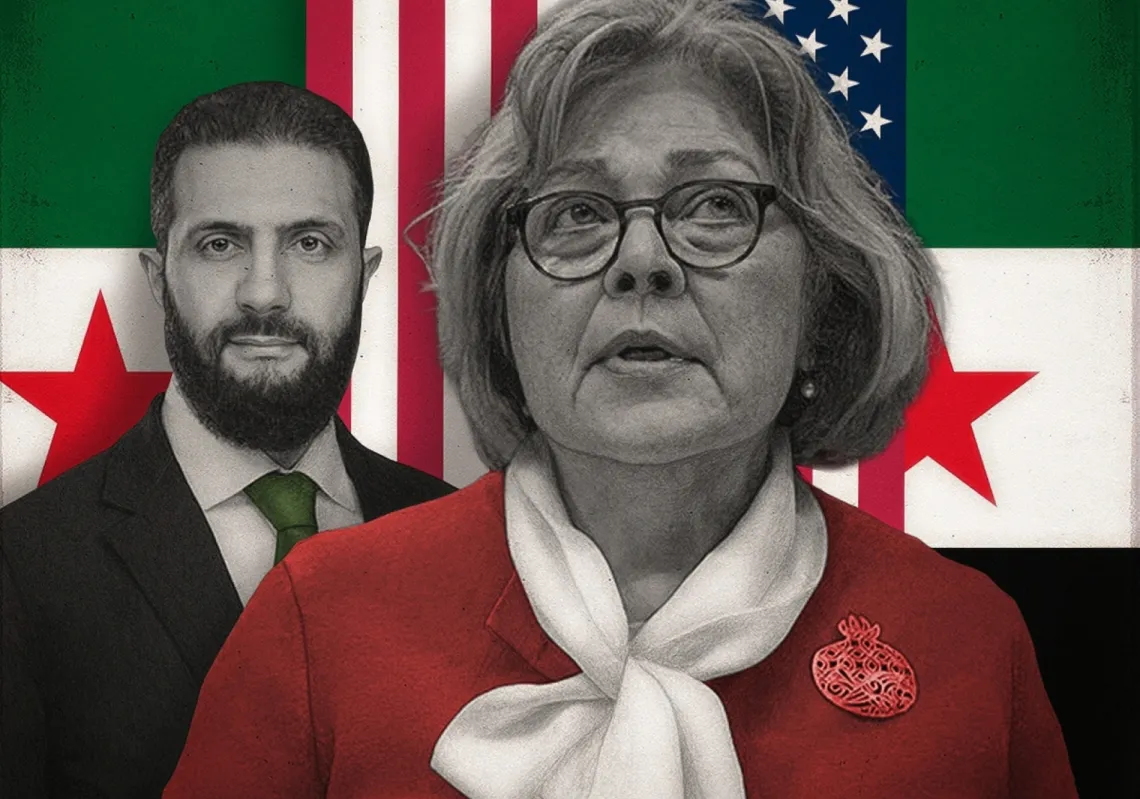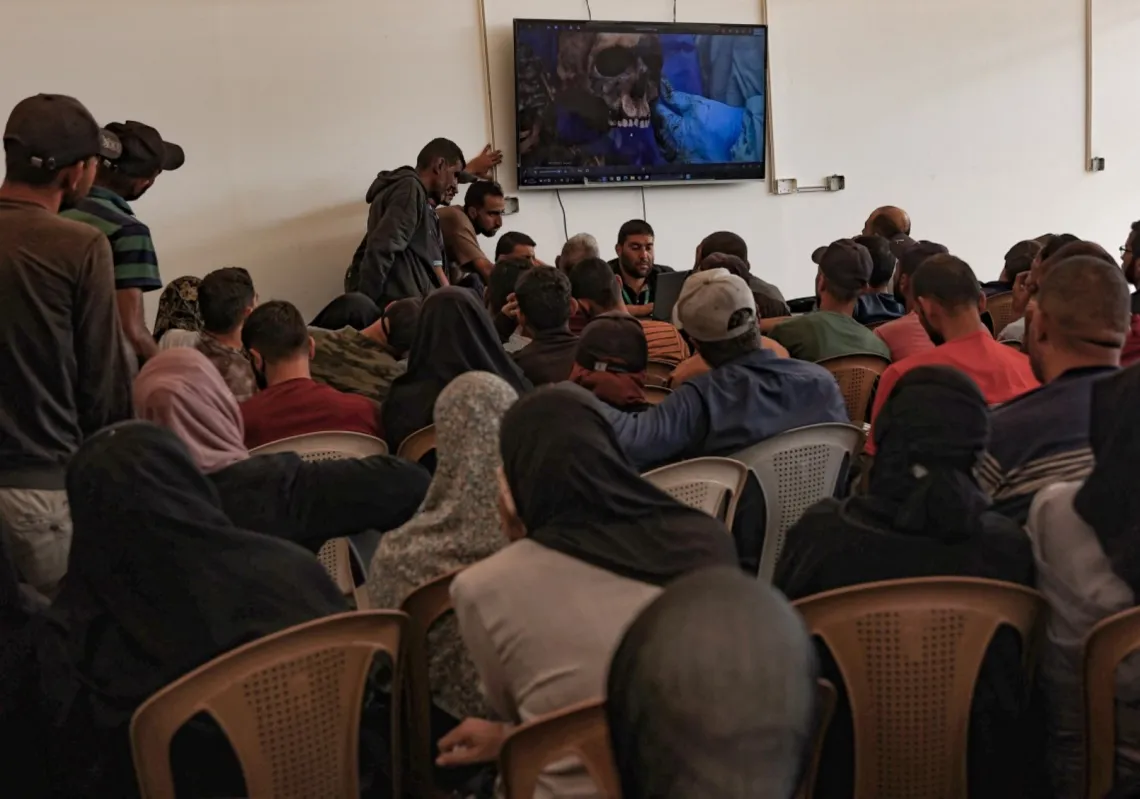 Workers at the Iran Khodro car manufacturing plant make Iranian car models, as well as vehicles under license of the French company Peugeot, on December 9, 2013 in Tehran, Iran. (Scott Peterson/Getty Images)[/caption]
Workers at the Iran Khodro car manufacturing plant make Iranian car models, as well as vehicles under license of the French company Peugeot, on December 9, 2013 in Tehran, Iran. (Scott Peterson/Getty Images)[/caption]
By Farahmand Alipour*
Iranians are proud of their auto industry, which accounts for the lion’s share of manufacturing in the country. But saddled with reputation issues, sanctions, and war in some of their target markets, Iranian carmakers have had to get creative.
Two models of car, the Pride and the Samand, are a familiar sight on Iranian streets. Long the country’s two most popular makes, they have also become a familiar sight abroad as people around the world embraced them for their price—and for Iranian car manufacturers’ dedication to producing at least some of the cars in their target export markets.
But recently the Iranian auto industry has been suffering from a combination of factors. Both the Pride and the Samand have suffered reputation issues at home, most notably the Pride, which is known as a good car for city driving that turns deadly once you hit the highways. In June last year, Grand Ayatollah Nasser Makarem Shirazi even warned his followers to trade in their Prides for another model, clearly concerned about its safety issues in a country with some of the highest traffic fatality rates in the world. Even more, Iranian companies have tended to export to and manufacture cars in countries now suffering from political and economic crises, including in Syria. And, of course, there are the Western sanctions against Iran, which have specifically targeted the auto industry due to its prominent place in the Iranian economy.
Iran produced 850,000 cars in 2012, making it the sixteenth-largest auto manufacturer worldwide. The industry accounts for 10 percent of Iranian GDP and is the largest sector of the economy after petroleum. In the past, its cars were exported to dozens of markets—Russia, Venezuela, Egypt, Turkey, Iraq and Syria among them. According to the International Organization of Motor Vehicle Manufacturers, before 2011 Iran was one of the Middle East’s biggest carmakers, producing more than 1.6 million vehicles per year.
But international sanctions against the Islamic Republic, which prevent domestic manufacturers from importing necessary parts, have prompted foreign carmakers that had licensed Iranian companies like SAIPA and Iran Khodro to produce their vehicles for decades to discontinue their contracts. Combined with a parts shortage also caused by the sanctions, this crisis pushed Iran down to twentieth place in the car-manufacturing tables in 2013.
Khodro and SAIPA, Iran’s two largest car manufacturers have production sites around the world. Khodro, which makes the Samand, and accounts for 50 percent of the domestic market, has 12 production sites, including foreign sites in Belarus, Azerbaijan, Venezuela, Senegal, Egypt and Syria.
It is this presence in Syria—once a key foreign market for Iranian cars—that has weakened the Iranian car industry. Khodro and SAIPA both have plants in the country—Syrian President Bashar Al-Assad even attended their openings. Before the conflict hit, SAIPA had planned to make 5,000 cars in Syria every year, and before that it had exported 35,000 vehicles to the country. Khodro had expansion plans aimed at securing 40 percent of the Syrian car market and had invested 60 million US dollars to deliver 10,000 Samands to Syria each year. It had even renamed the car for the Syrian market, calling it the “Shaam,” an Arabic word that refers to Greater Syria. But Khodro’s plans in Syria failed as the war began four years later, having sold only 11,000 units, and at a very low profit.
With Western sanctions closing some of the main target markets for Iranian cars and the Syrian crisis closing another, manufacturers in the country have started to look to markets in neighboring Iraq and Afghanistan to sell their wares. Their war-torn image may make these countries seem like unlikely targets for expansive car production and marketing plans, but Iraqis in particular have shown a desire to purchase new vehicles.
Iraq has a very low number of vehicles per capita, hovering around 43 cars per 1,000 people in 2012. (There are 80 cars per 1,000 people in Algeria and 160 in Iran—and in developed countries, this number soars over 500.) For the oil-rich country to reach that level of market saturation, it would need an additional 3 million vehicles. With the announcement last year that Iraq expects to earn 500 billion dollars in oil revenues over the next twenty years, Iranian companies clearly want to expand their presence in the growing Iraqi market.
So not only is Iran exporting cars to Iraq, it is also setting up manufacturing facilities there. According to the World Trade Organization, Iranian companies were the second-largest producers of cars in Iraq in 2010, with South Korea coming first. Iraqis drive more Iranian cars than they do Chinese, German or Korean ones.
There are plans to expand Iranian production in Iraq even further. In December last year, Iran’s ambassador to Iraq, Hassan Danaifar, announced that Iranian companies would launch production lines for SAIPA’s Pride and Khodro’s Samand just south of Baghdad. The two facilities are set to open by the end of February and, when operating at full capacity, will each be able to produce 10 cars per hour—a total of 40,000 vehicles each year.
It is not yet clear how much Iranian cars will cost on the Iraqi market, but it is likely they will sell for much cheaper than they do in Iran. In fact, three years ago the low price tag attached to Iranian vehicles sold in Iraq sparked protests in the Iranian media. At the time, reports indicated that the Pride was 30 percent cheaper in Iraq.
Iraq accounts for 98 percent of Iran’s car exports, and the Pride and Samand ranges are the main Iranian cars exported to its western neighbor. While these models are in no position to rival South Korean, German and American cars technically, they have been warmly welcomed by Iraqis due to their low price and the excellent after-purchase service provided.
In recent years the lack of foreign competitors has meant that Iranian cars have dominated their domestic market, but this has by no means been the case in foreign markets. Now, we will find out how Iran’s car industry will perform in an Iraqi market that is starting to attract automotive giants from around the world.
*Farahmand Alipour was the special correspondent to Mehdi Karroubi, one of the four presidential candidates in Iran’s 2009 elections. He is a graduate of Journalism with a major in Strategic Reporting from the School of Media, Tehran. Alipour now lives and studies in Italy, reading International Relations at Turin University.









